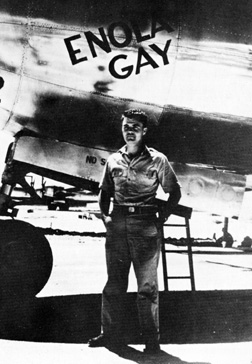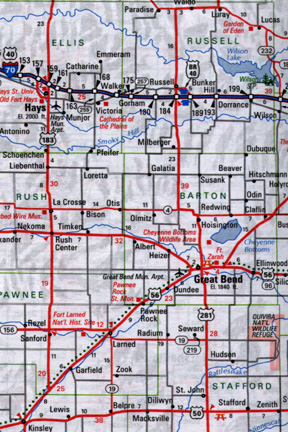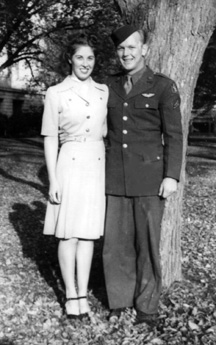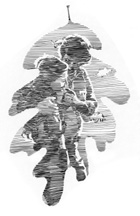|
B-29 Emergency Mobile Repair and Test Flight Crewmember by Art Jones |
||||||||||||||
 |
 |
|||||||||||||
|
Clovis Notes The Long Long Dance Attention!! With that call, sixteen newly made PFC's who had just gathered in a barracks at Clovis, New Mexico stood at ramrod attention. The officer who entered was a “Chicken Colonel.” “At ease, men. I'm your new commander. My name is Paul Tibbetts, but you can call me Paul.” |
||||||||||||||
| We were half of the first class of electronic gunnery technicians who had finished training at Denver, Colorado just ten days earlier. From the G.E. engineers who had designed the system, we learned how to repair the circuitry, early onboard computers, aiming mechanism, and of course loading and firing the remote-controlled guns involved with the B-29 Super Bomber.
The other half of our class was kept at Denver's Lowry Field as a cadre to train more CFC (Central Fire Control) aerial gunners. Col. Paul (we couldn't quite make it plain Paul) told us that the manufacturing plants producing the B-29 bombers could not get the planes accepted by the Air Force because the new electronic gunnery systems did not function. Our job for the next six months was to go by VOCO (Verbal Order Commanding Officer) to all the plants and air bases that had nonfunctioning ships, from the gunnery standpoint, and make them serviceable. |
||||||||||||||
 |
||||||||||||||
|
Photo ctsy John Pimlott, author B-29 Superfortress. pub. by Gallery Books |
||||||||||||||
|
We saw Col. Paul whenever we finished catching up at a plant or air base and he would tell us where to go to put out the next fire. Six months later we returned to Clovis, New Mexico where Col. Paul made his last appearance to us. He then informed us that we were to divide into four four-man groups and we would be sent to that many Air Bases in the country to start gunnery schools to train crewmembers who were preparing for the Japanese bombing.
|
||||||||||||||
| I have no memory of the first two bases selected by two of our groups. The Colonel then told our two remaining groups we had a choice between Great Bend, Kansas and Pratt, Kansas. Not one of the eight of us had ever heard of either place and informed him it didn't really make any difference to any of us where we were sent. He said, “OK, I'll flip a coin and if it comes up heads you men on my right will go to Great Bend, Kansas.” The coin did come up heads, and myself and three others were flown to Great Bend. We arrived and were assigned a barracks by the middle of the afternoon. A notice on the bulletin stated there was a USO sponsored dance at the base auditorium that evening. After a shower, shave, and putting on my only clean uniform, I went to the dance. |
||||||||||||||
 |
||||||||||||||
| As I walked in the auditorium my eye noticed a good looking girl sitting on the bench just inside the door. I asked her for a dance. I've been dancing with that same girl for over 59 years at this time, and we have celebrated our 57th wedding anniversary.
Imagine how many times in my life I have bragged about the fact that the man who piloted the Enola Gay was the sole reason I met my wife. |
||||||||||||||
 |
||||||||||||||
|
on a new and more wondrous perspective. |
||||||||||||||
 |
||||||||||||||
|
Above: Photo of Art and Bette
|
||||||||||||||
|
Or you may go to Cover Page — Introductions — Table of Contents Or you may go to Home - Contact Us - Cold War Hist. - 91st SRS Hist. - Stardust 40 Mission Story |
||||||||||||||